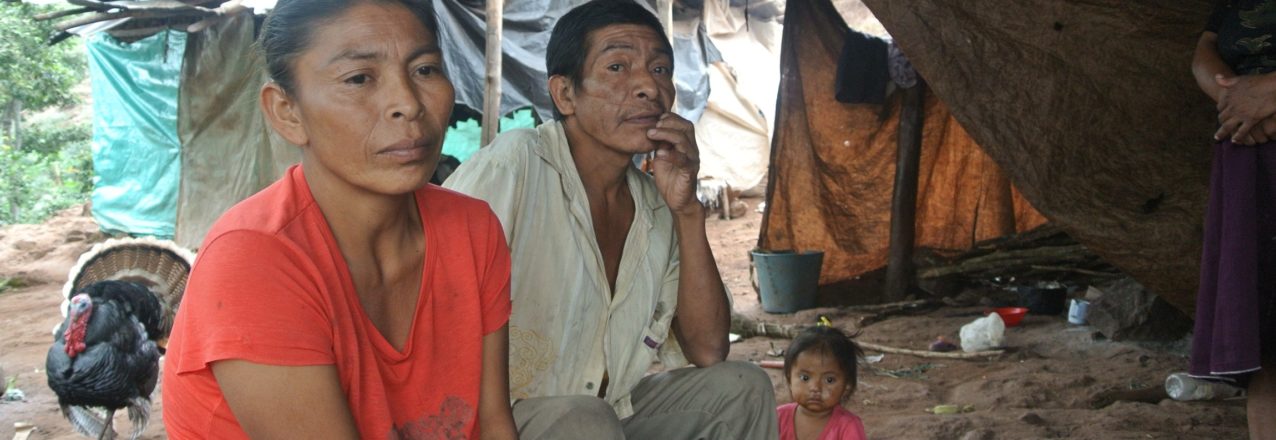Since the creation of the Land Restitution Unit, USAID’s support has been integral. What is the current balance of seven years of work between the two entities?
By Land and Rural Development Program in Colombia
With the highest number of displaced persons in the Western Hemisphere, the Colombian government is facing the great task of returning lands to thousands of people. In the post-conflict era, many displaced people have been moving back to the land where they used to work and plant their crops before the violence pushed them out, but the absence of the state and the lack of guarantees for peace continues to cloud their future with doubt.
For the last seven years, the land restitution process has provided legal security for property and comprehensive reparations for displaced people and victims of the conflict. Over this time, the process has benefited more than 38,000 people, recognizing the ownership of some 300,000 hectares.
In the wake of the new administration and a new President, the Land Restitution Unit (LRU), led by Ricardo Sabogal, collected the agency’s historical memory, its main achievements, and the challenges that remain in the restitution process. Last month, the LRU, together with USAID and other partners that have supported the land restitution policy, shared experiences with leaders from other countries and launched the book Memories of the Restitution Process: Lessons Learned and Methodologies for Restituting Lands and Territories in Colombia.


